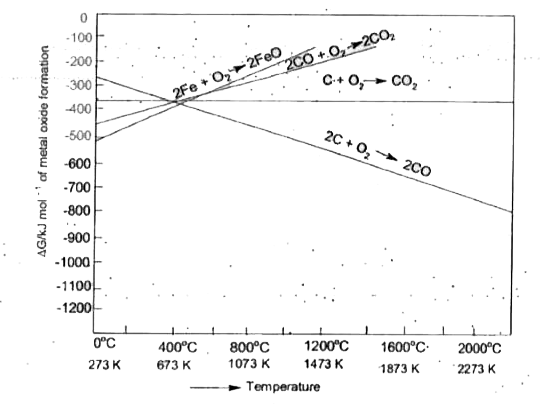A fungus whose extract of sclerotia can be chemically altered to produce powerful hallucinogenic drug (LSD) is
Claviceps purpurea
Aspergillus flavus
Amanita caesarea
Psilocybe mexicana
The correct Answer is:A
Step by step video, text & image solution for A fungus whose extract of sclerotia can be chemically altered to produce powerful hallucinogenic drug (LSD) is by Biology experts to help you in doubts & scoring excellent marks in Class 11 exams.
Topper's Solved these Questions
Similar Questions
A metal X present in rock salt is highly reactive and it is stored under kerosene to prevent it from catching fire. It exists in nature as XCI. Identify the metal 'X'. How can this metal be extracted from its Chloride ore, Write chemical equations to explain your answer? How is calcination different from roasting?
View SolutionDescribe how the following steps can be carried out?
(a) Recovery of Gold from leached gold metal complex.
(b) Conversion of Zirconium iodide to pure Zirconium.
(c) Formation of slag in the extraction of copper.
(Write the chemical equations also for the reactions involved)View Solution
Knowledge Check
- Question 1 - Select One
Sclerotia extract of ............. fungus produce a powerful hallucinognic drug LSD and drug ergotine .
ACalviceps purpureaBAspergillus flavusCAgaricusDAll of these - Question 2 - Select One
Malaria can be cured with a drug extracted from?
ABelladonna treeBAmaltas treeCOak treeDCinchona tree - Question 3 - Select One
Consider the given statements
I. LSD is a crystalilne amidated alkaloid abtained from ergot of fungus Claviceps purpurea
II. LSD causes hallucination and brings foetal abnormalities
III. LSD is a low potency hallucinogen
IV. LSD is widely used in veterinary medicine to briefly immobilise large animals
Which of the following is correct?AOnly IBOnly IICI and IIDNone of these
Fill in the blanks :
(a) A drug that relieves pain in called ……………
(ii) Any drink which has caffeine cause ………..
(iii) ……….. is derived from the type the unripe capsules of white poppy.
(iv) Marijuana is obtained from ………..
(v) The intake of .......... after a normal dose of barbiturates may cause death.
(vi) L.S.D. stands for ...............
(vii) The chemical named .......... present in Lophophora is hallucinogenic.
(viii) Antibiotics are not effective against ................
(ix) The first anitbiotic discovered was ..............
(x) ............. is a source of sex hormones.View SolutionWho among the following scientists made the statement –"Chemical change can produce electricity"
View SolutionMetals are extracted from their ores by a wide variety of techniques. The most common ores are oxides. Most metals are obtained by direct treatment of theirs ores with chemical agents, but the extraction of certain others require electrolysis. An example of the former type of process is the extraction of iron from its oxide, described by the following equation :
Fe2O3+3C→2Fe+3CO
The relative ease of extraction of a metal from its oxide can be estimated using the Ellingham diagram, as shown in the figure.
The diagram plots the free energies of formation of various oxides per mole of consumed oxygen as a function of absolute temperature.
FIITJ∃CHEMB04_C02E07009_Q01.png width=80%><br>Whenferric⊗isreduced→obta∈ironmηl,CO_(2)orCOcanbe∏uced.The∏uctionofCO_(2)View SolutionOn the basis of intermolecular forces of attraction, polymers, are classified as elastomers, fibres, thermoplastics and thermosetting polymers. Elastomers have the weakest while fibres have the strongest intermolecular forces of attraction. Polymers which can be chemical composition and mechanical strength are called thermoplastics. in contrast, those polymers which can be heated only once when they undergo a permanent change in chemical composition to give a hard, infusible and insoluble mass, are called thermosetting polymers.
Which of the following can be remelted time and again without producing any changeView SolutionMetals are extracted from their ores by a wide variety of techniques. The most common ores are oxides. Most metals are obtained by direct treatment of theirs ores with chemical agents, but the extraction of certain others require electrolysis. An example of the former type of process is the extraction of iron from its oxide, described by the following equation :
Fe2O3+3C→2Fe+3CO
The relative ease of extraction of a metal from its oxide can be estimated using the Ellingham diagram, as shown in the figure.
The diagram plots the free energies of formation of various oxides per mole of consumed oxygen as a function of absolute temperature.

All of the following reagents could be used to extract lead from its oxide exceptView Solution

